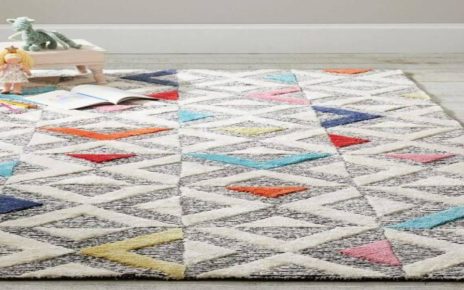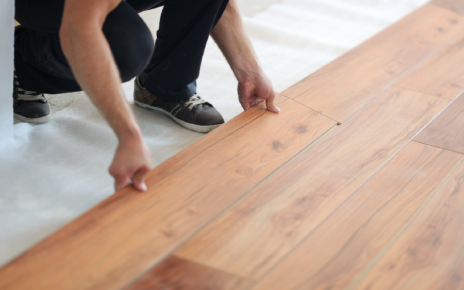It is essential to have a good drainage system. Make sure your nursery pots have drainage holes if at all possible. If the container you’re using doesn’t have drainage holes at the bottom (and you can’t safely make them), fill it with an inch or two of stones and gravel. Avoid oversaturating the soil by watering sparingly.
Large pots can become extremely heavy when filled with damp soil. Make sure you have a place for your pot before you fill it. As an alternative, consider heavy-duty rolling plant stands. Remember that potatoes grow best in full sun. Consider that the preferred method of harvesting, tipping the pot over, can leave a big mess on your freshly harvested vegetables.
Aside from garden nursery pots, a variety of plant containers can be used to grow crops. Growing crops in a chicken fence plant tower is a simple and efficient method, especially when the straw is used. Driving four snow-fence posts at the four corners of a square, then tightly wrapping the fencing around the poles, is a simple design. Backyard gardeners with creative minds make potato towers out of chicken wire or another wire fencing. Repurposed wooden palettes can also be used to construct potato-growing bins.
Towers can also be built with outdoor shades or screens made of bamboo or other reeds. These screens are typically wide, and when turned on their sides, they can add a lot of much-needed depth. Roll them into the desired lengthwise size (doing it around a right-sized pile of straw or loosely around a barrel can make it easier). Hemp twine should be used to bind the top, middle, and bottom.
Growing it in standing compost nursery pots, such as the GEOBIN, is ideal. There are commercial wooden planters (often requiring assembly) with doors near the bottom for potato harvesting. Potatoes have been grown successfully in everything from five-gallon buckets to plastic laundry bins. Wooden bushel barrels also work well. It can be beneficial to use your imagination.
Galvanized steel cans and containers are becoming increasingly popular among patio gardeners. We’ve also seen incredible photos of sweet potato vines growing from gleaming metal trash cans. Metal containers, on the other hand, have been advised to be avoided.
Water has long been delivered to humans and livestock in galvanized containers. Plant containers are zinc and, in some cases, cadmium galvanized, which should not leach under most normal conditions (“most” because acidic soils may promote corrosion). The safety of new galvanized containers for landscape growing is widely accepted; for food crops, it is less so. Some advocate lining galvanized containers with plastic, but this appears to be a case of one problem being substituted for another. If you plan to recycle older cans, avoid those with rust or other damage, as well as those that have been used to dispose of pesticides, household cleaners, motor oil, other lubricant containers, or other toxic products.





